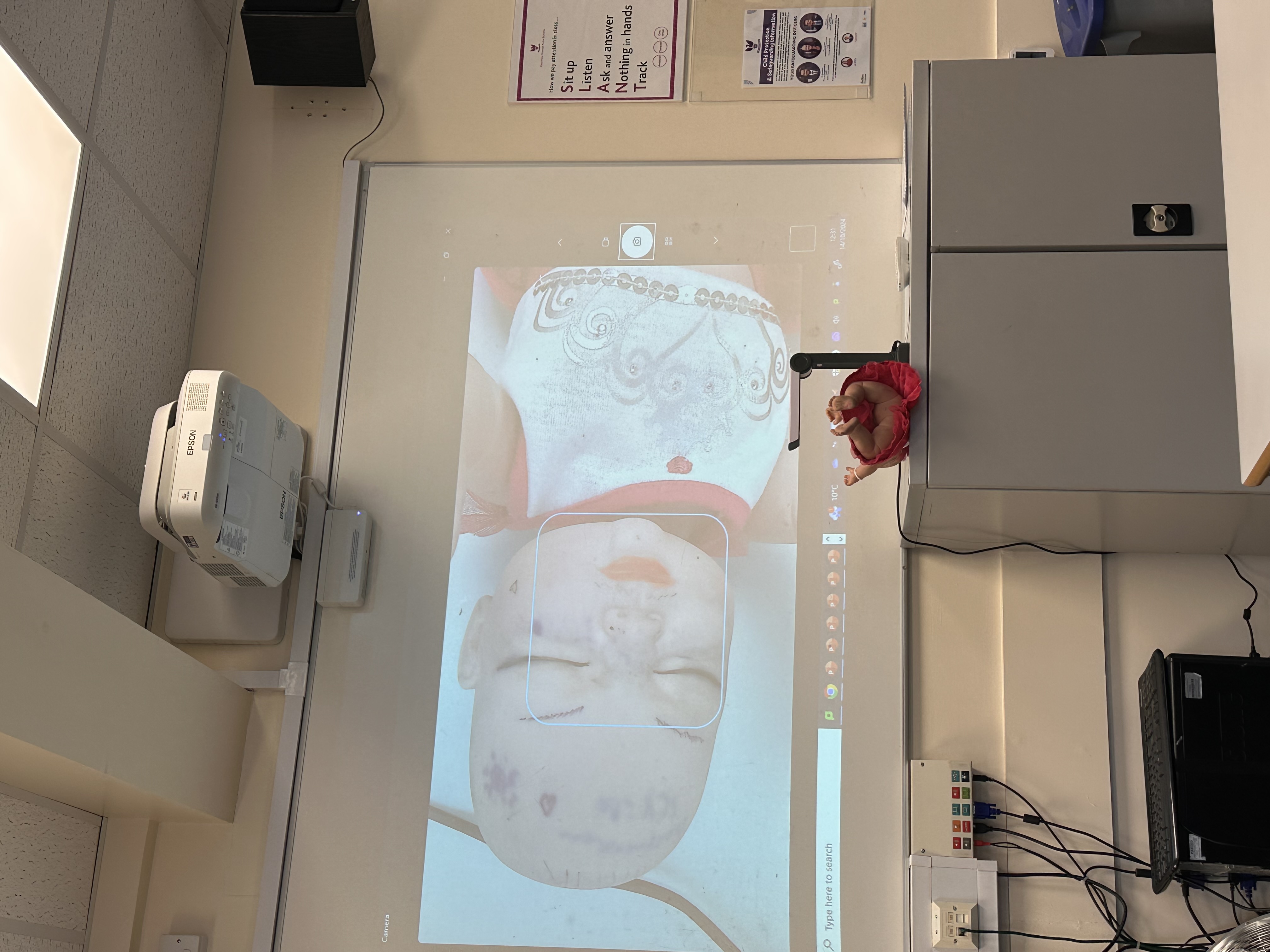The working memory model
Cards (10)
- Outline the working memory model
- The working memory model advanced the MSM’s explanation of STM by proposing that it is made up of a system of components that actively work together to process and store information. STM is therefore not a singular, passive store.
- Outline the central executive processesThe central executive processes information in all sensory forms, so its coding is modality specific. It also has a limited capacity so it controls what we pay attention to and then sends the information to the slave systems (phonological loop and visuo-spatial sketchpad).
- Outline The phonological loopThe phonological loop processes and stores auditory information (meaning it codes information acoustically) and has a limited capacity of what can be said within 2 seconds. It is made up of the phonological store (stores the words you hear) and articulatory process (allows for maintenance rehearsal).
- Outline the visuo-spatial sketchpadThe visuo-spatial sketchpad is made up of the visual cache which stores visual information (what objects look like) and the inner scribe which records spatial information (where objects are located). It therefore codes information visually and has a limited capacity of 2-3 objects.
- Outline the episodic bufferThe episodic buffer was later added to the model as a general storage space, meaning it integrates information from the slave systems to form whole 'episodes' of information. Its coding is therefore modality-specific and it has a limited capacity of 4 chunks of information.
- Strength of the WMM - supporting evidence - digitsstudy on a patient found that their STM for digits read aloud to them was very poor however their STM for digits they were able to read to themselves was better. strength because it suggests there must be different types of STM - one to process auditory information i.e. the phonological loop (which was impaired in this patient) and one to process visual information i.e. the visuo-spatial sketchpad (which was intact in this patient).
- Strength of the WMM - supporting evidence dual task studiesdual task studies have found that it is easier to complete two tasks if they use different slave systems (i.e. a visual and verbal task) than if they both use the same limited-capacity slave system (e.g. two visual tasks). This is a strength because it supports the proposal that there are different slave systems that have limited capacities. Therefore adds credibility.
- WMM supporting evidence for the capacity of the phonological loop - limited to what can be said in secondsone piece of research involved participants being presented with words and then being asked to recall them. These word lists were either made up of words with one syllable words or words with more than one syllable - found that participants were better able to recall short words than the longer words. strength because it supports the proposal that the capacity of the phonological loop is limited by how long it takes to say words rather actual number of words. adds credibility.
- Existence of the central executive - supporting evidencethe existence of the central executive, researchers used fMRI to scan participants' brains when they were completing verbal and spatial tasks either simultaneously or separately. It was found that the prefrontal cortex was activated when verbal and spatial tasks were performed at the same time but not when performed separately. strength as it shows that the central executive (which divides attention when simultaneously completing multiple tasks) exists and is located in the prefrontal cortex. Therefore adds credibility.
- Limitation of the WMM is that the CE is vague and untestableThis is because despite it being the most important part of the WMM, it is the least understood component. For example, little is known about how the central executive works e.g. how it decides on allocating attention to the different slave systems. This is a limitation because it means that the WMM is yet to be fully explained. Therefore questions credibility.
